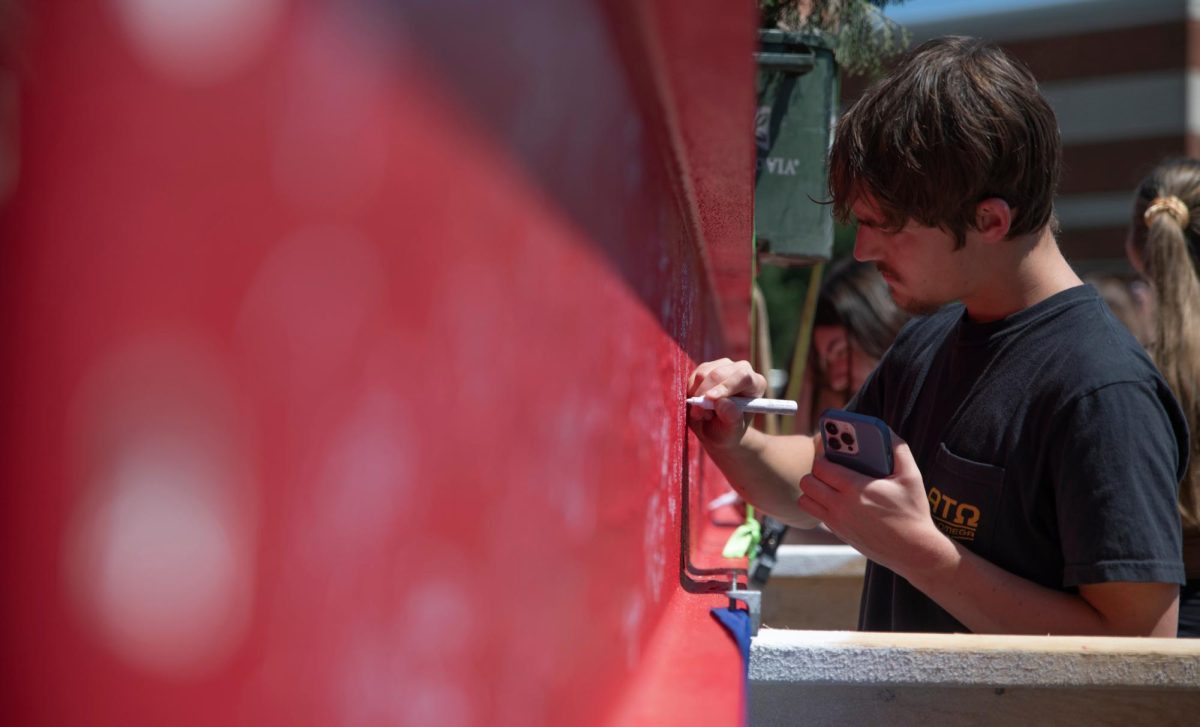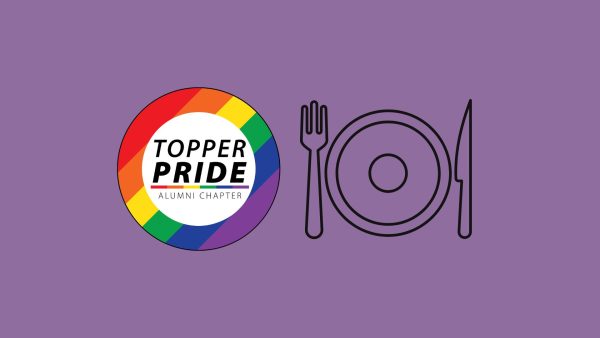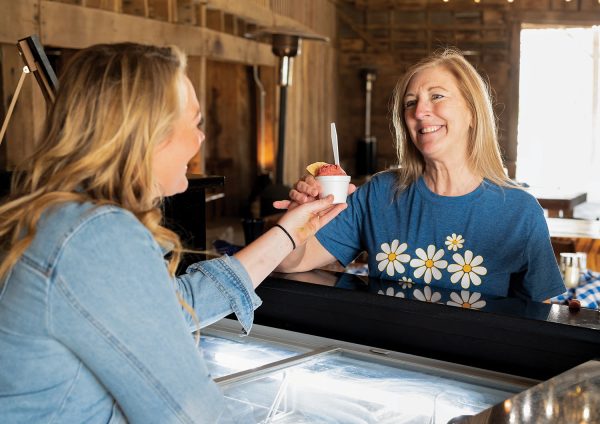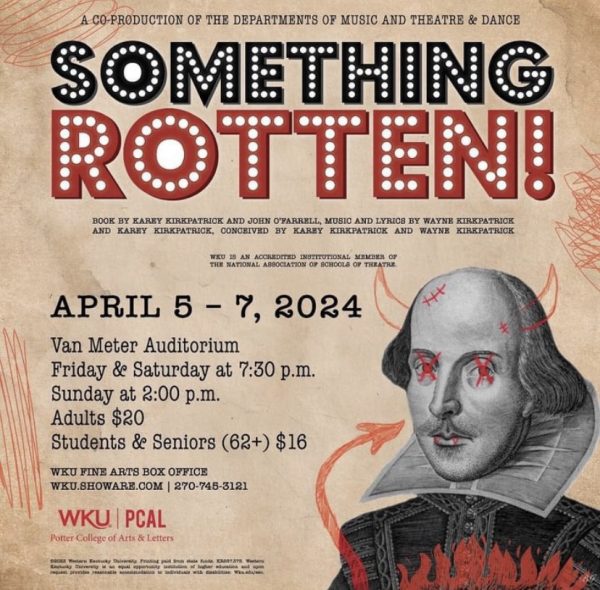Western learns to face East
August 24, 2004
After casually tossing a log on the fire at an American Indian settlement this summer, one student learned a startling lesson: everything, including logs, must face east to greet the sun. According to anthropology professor Dr. Erik Gooding, a member of the Meskwaki tribe quickly jumped to the fire and corrected the student’s error by digging it out of the embers.
This was one of the unique experiences Gooding and 16 anthropology students had this summer when they spent a week living with the tribe in Tama, Iowa. The group drove 13 hours in order to observe the highly traditional Meskwaki (“people of the red earth”) as part of the field course in Cultural Anthropology: Meskwaki Culture, that Gooding will teach this semester.
“Instead of me getting up in a classroom and lecturing about the east-west thing, they got to actually experience it,” said Gooding.
Students said they enjoyed the firsthand experience because they were able to learn about tribal traditions hands-on. These traditions reflected the tribe’s unique perspective of the world, including the rule that everything had to face east.
“They made us pick up the tent and move it,” said junior Cheyenne Hohmen, an anthropology major from Louisville.
The trip coincided with the Meskwaki’s annual powwow, where the entire tribe, some 1,400 members, met at the settlement where about 900 of them live year-round.
“It’s their big family reunion,” said Gooding.
For the past 89 years, the reunion has also been open to outsiders. American Indians from other tribes come to set up craft booths, and tourists and students come to observe the dances and try the food.
Gooding said that since the corn wasn’t ripe yet, the most traditional food the students got to try was fry bread. He said it was basically deep-fried dough and lard, but that it went over really well with the students.
“The mom was going to cook us a traditional meal, but it turned out to be potato salad and chicken,” said Grant Swertfeger, a senior from Oregon City, Ore.
At the powwow, the students watched several traditional dances which were performed in unique outfits that were unlike what the Meskwaki wore day-to-day.
“There was a really interesting clash between the clothes,” said Hohmen.
Their regular clothing was very American, she said, but the outfits they wore to dance were “colorful, shiny and very sparkly,” and even men wore colors like lime green and pink.
Larry Yazzie, a Meskwaki who has visited Western several times and helped Gooding set up the trip, was one of the dancers in sequins, ribbon and tinsel. Gooding said the students were surprised to see the men, like Yazzie, wearing the bright colors.
The classroom part of the course will involve the students writing a paper about “what it means to be Meskwaki” and doing individual projects on the aspects of Meskwaki culture based on what they got to see and hear at the powwow.
Swertfeger said most people went on the trip in order to learn about the Meskwaki culture in a Meskwaki environment, rather than just hearing lectures in a classroom.
“One of the dancers came here (to Western) a couple times, but here he’s out of his environment,” he said. “We were out of our environment and in theirs instead. It’s more real.”














![Students cheer for Senator at Large Jaden Marshall after being announced as the Intercultural Student Engagement Center Senator for the 24th Senate on Wednesday, April 17 in the Senate Chamber in DSU. Ive done everything in my power, Ive said it 100 times, to be for the students, Marshall said. So, not only to win, but to hear that reaction for me by the other students is just something that shows people actually care about me [and] really support me.](https://wkuherald.com/wp-content/uploads/2024/04/jadenmarshall-1200x844.jpg)



![Megan Inman of Tennessee cries after embracing Drag performer and transgender advocate Jasmine St. James at the 9th Annual WKU Housing and Residence Life Drag Show at Knicely Conference Center on April 4, 2024. “[The community] was so warm and welcoming when I came out, if it wasn’t for the queens I wouldn’t be here,” Inman said.](https://wkuherald.com/wp-content/uploads/2024/04/smith_von_drag_3-600x419.jpg)






